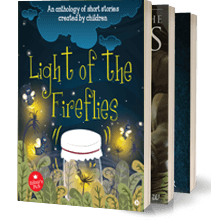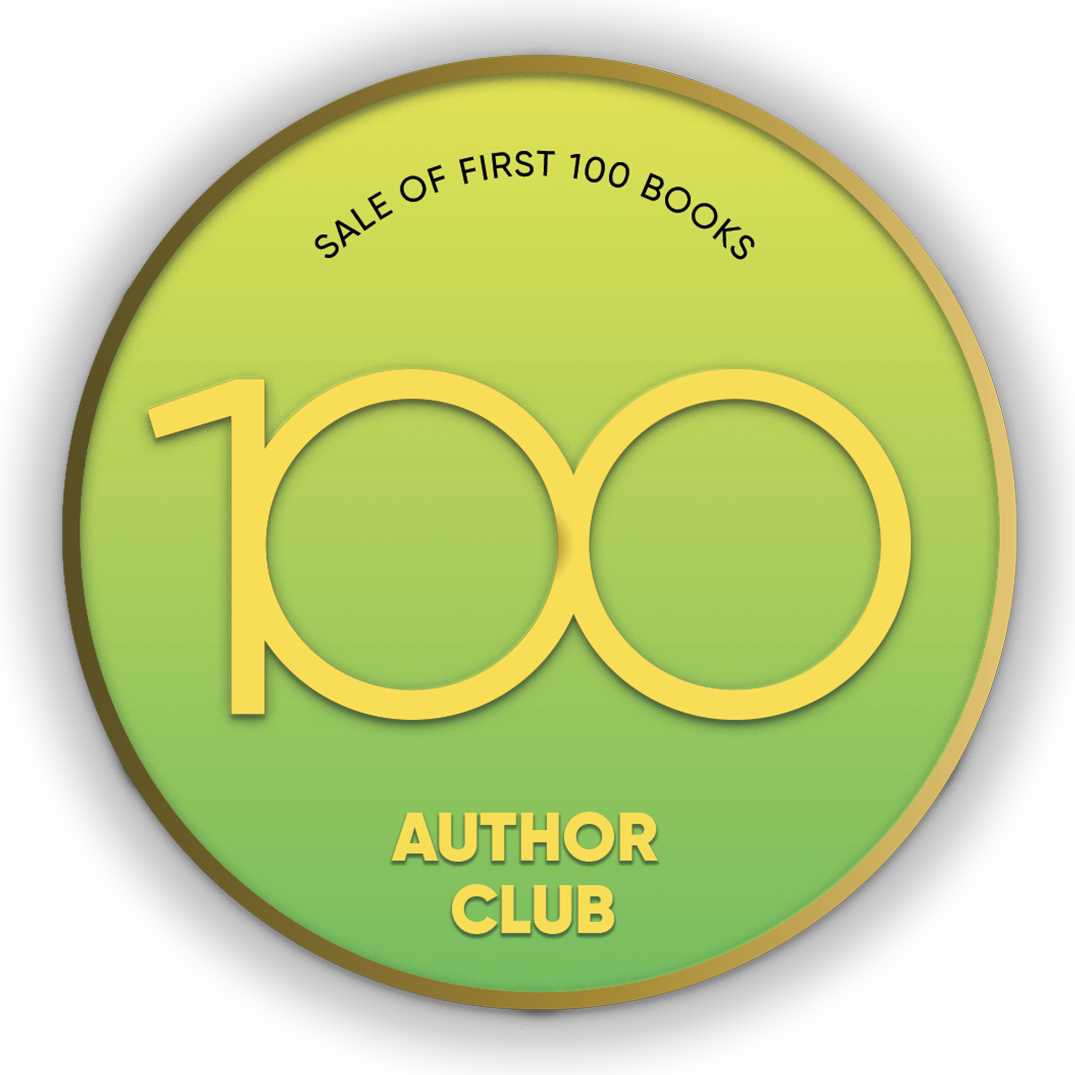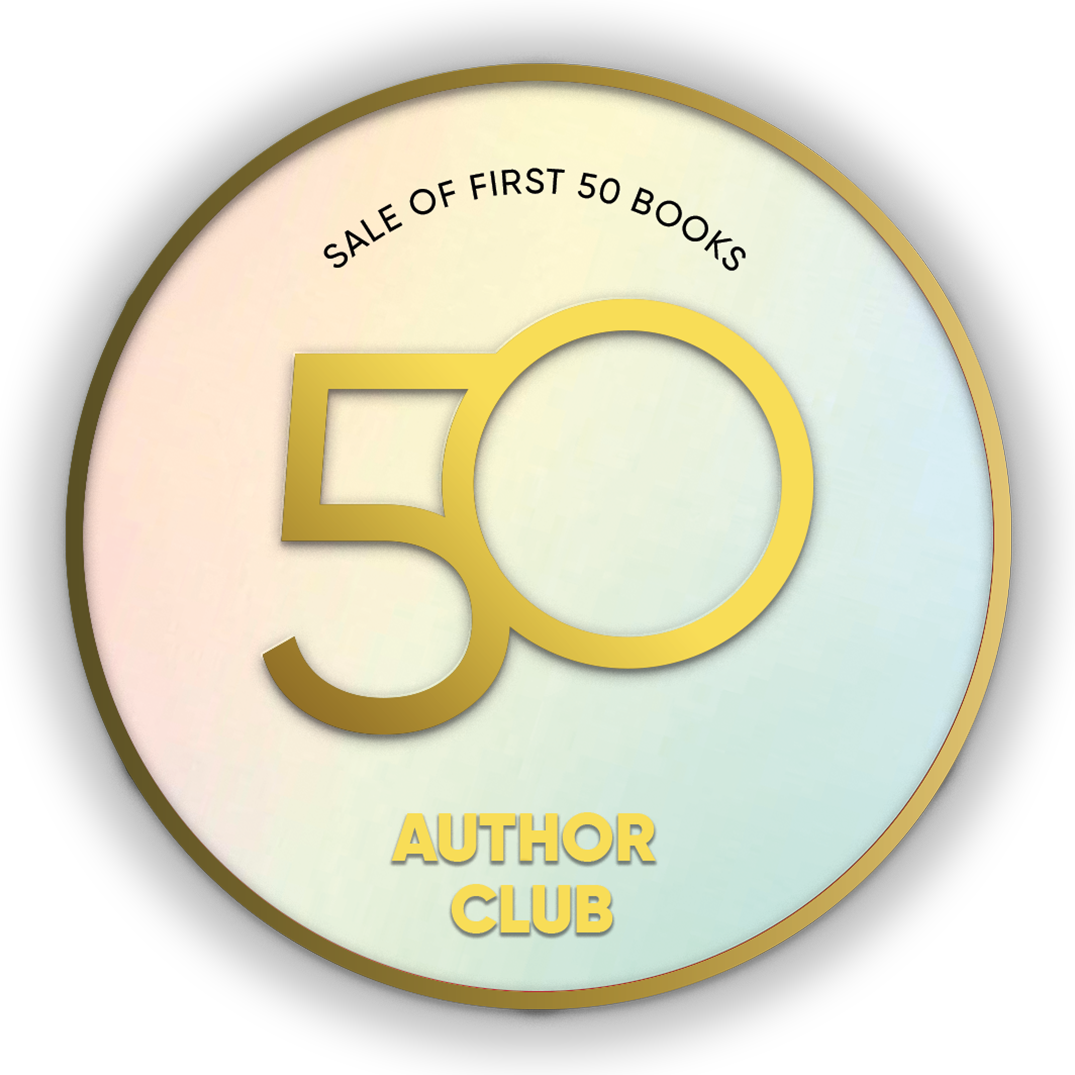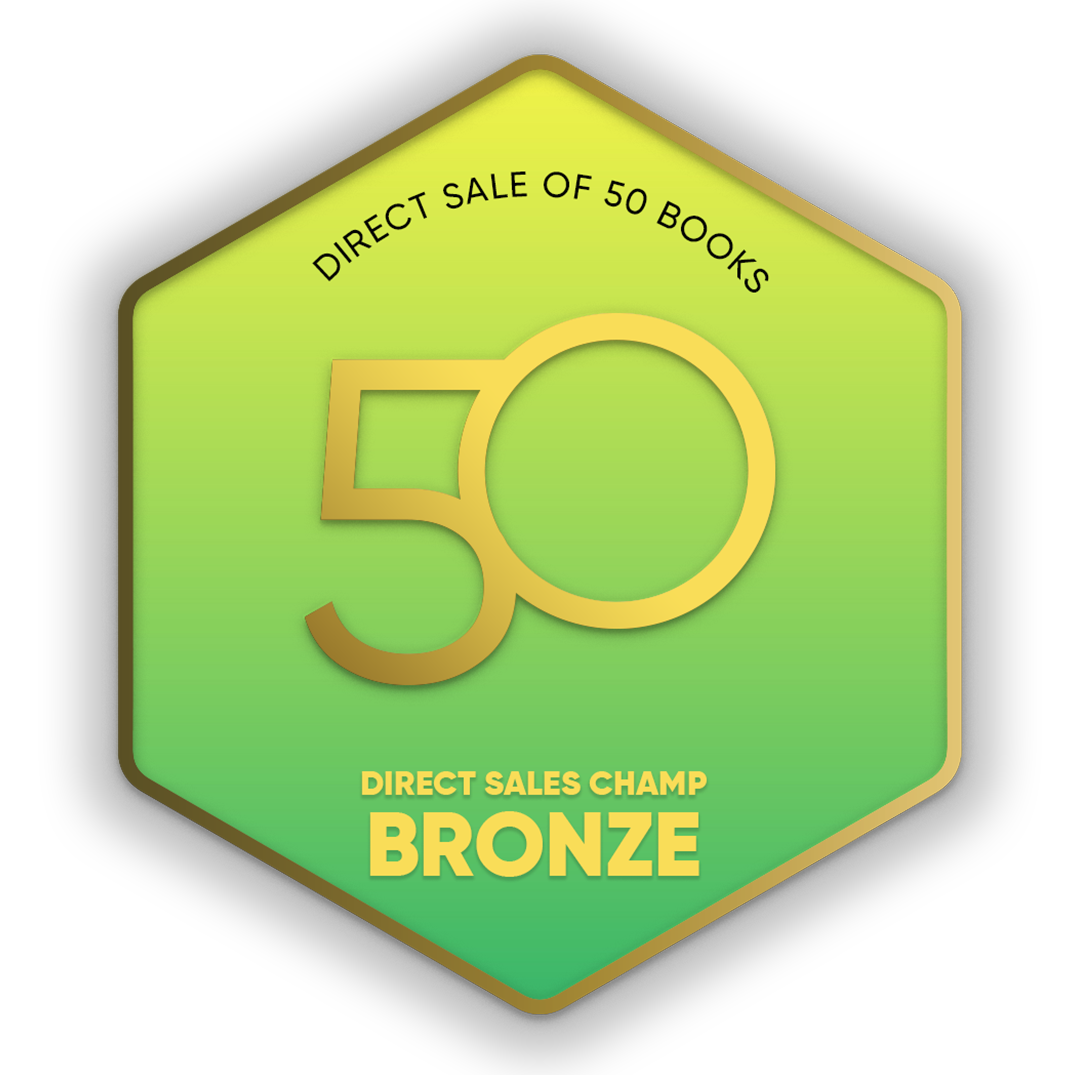
- Discover books
- For Writers
-
For Writers
-
Indie Author Championship
-
Challenges
Writing Contests
- Get Started

"It was a wonderful experience interacting with you and appreciate the way you have planned and executed the whole publication process within the agreed timelines.”
Subrat SaurabhAuthor of Kuch Woh Pal -
Karisetty Basappa
Mr. Karisetty Basappa is presently working as Founder & CEO of Mainsprings Clinical Research Services and Training, Hyderabad. He has completed a Master's in pharmacy, Department of Pharmacy Practice from the National Institute of Pharmaceutical Education and Research-NIPER Guwahati, Government of India (Gold medalist). He Published 11 Publications in National and International Journals during M. Pharmacy (NIPER). He has worked couple of years in IQVIA-Bangalore (IQVIA has a network of more than 88,000 employees in more than 100 countries) in various pharmacovigilance activities (case proceRead More...
Mr. Karisetty Basappa is presently working as Founder & CEO of Mainsprings Clinical Research Services and Training, Hyderabad. He has completed a Master's in pharmacy, Department of Pharmacy Practice from the National Institute of Pharmaceutical Education and Research-NIPER Guwahati, Government of India (Gold medalist). He Published 11 Publications in National and International Journals during M. Pharmacy (NIPER). He has worked couple of years in IQVIA-Bangalore (IQVIA has a network of more than 88,000 employees in more than 100 countries) in various pharmacovigilance activities (case processing, trainer, and as a UAT expert in PV software), total he is having 13+ years of experience in the corporate sector.
Currently working as a Chief Executive Officer (CEO) and Professional trainer/Speaker/Guest faculty in various platforms and providing training on Pharmacovigilance, Clinical Data Management, and other clinical research domains. He was trained more than 350 Associates in IQVIA as a trainer and as a speaker/trainer and as a team trained more than 8000 students on Clinical Research, Pharmacovigilance, CDM, Artificial Intelligence in Health care (especially PV, CDM), and HEOR at various platforms and provided career Guidance’s students in various platforms (more than 10000 students). He was successfully conducted 80+ Read Less...
Crop your profile image

Job-Oriented Textbook on Pharmacovigilance
Books by Karisetty Basappa
The book Job-oriented textbook on Pharmacovigilance (Real-time End-to-End Case Processing Guide) provides the real-time knowledge and bridges the gap between academic pharmacovigilance and real-world application, which is essential for students to navigate practical challenges like case processing complexities, regulatory variations, and the nuances of safety databases. It is very helpful for students to get into the Clinical Research, Pharmacovigilance, regul
The book Job-oriented textbook on Pharmacovigilance (Real-time End-to-End Case Processing Guide) provides the real-time knowledge and bridges the gap between academic pharmacovigilance and real-world application, which is essential for students to navigate practical challenges like case processing complexities, regulatory variations, and the nuances of safety databases. It is very helpful for students to get into the Clinical Research, Pharmacovigilance, regulatory affairs, and other sectors (jobs).
Engaging readers, especially in a technical field like pharmacovigilance, requires balancing clarity, relevance, and storytelling. Practical scenarios based on real adverse drug reactions (ADR) cases can make theoretical concepts more tangible. Walk readers through case intake, case triage, assessments, narrative writing and signal detection, and regulatory reporting challenges. Break down workflows (e.g., case processing in software) with step-by-step explanations.
Address real challenges that students and new professionals face in drug safety. Explain compliance missteps and best practices for avoiding them. Use diagrams to represent causality in adverse event reporting. Tables comparing global regulations (FDA vs. EMA vs. CDSCO) can add depth. Discuss ethical dilemmas in safety reporting.
I’m hoping that this textbook completely covers the end-to-end case process, which includes case intake to case reporting process, including case triage, duplicate search, MedDRA coding, seriousness and causality assessment, narrative writing, and finally reporting cases to regulatory authorities.
Job-Oriented Textbook on Pharmacovigilance
Books by Karisetty Basappa
The book Job-oriented textbook on Pharmacovigilance (Real-time End-to-End Case Processing Guide) provides the real-time knowledge and bridges the gap between academic pharmacovigilance and real-world application, which is essential for students to navigate practical challenges like case processing complexities, regulatory variations, and the nuances of safety databases. It is very helpful for students to get into the Clinical Research, Pharmacovigilance, regul
The book Job-oriented textbook on Pharmacovigilance (Real-time End-to-End Case Processing Guide) provides the real-time knowledge and bridges the gap between academic pharmacovigilance and real-world application, which is essential for students to navigate practical challenges like case processing complexities, regulatory variations, and the nuances of safety databases. It is very helpful for students to get into the Clinical Research, Pharmacovigilance, regulatory affairs, and other sectors (jobs).
Engaging readers, especially in a technical field like pharmacovigilance, requires balancing clarity, relevance, and storytelling. Practical scenarios based on real adverse drug reactions (ADR) cases can make theoretical concepts more tangible. Walk readers through case intake, case triage, assessments, narrative writing and signal detection, and regulatory reporting challenges. Break down workflows (e.g., case processing in software) with step-by-step explanations.
Address real challenges that students and new professionals face in drug safety. Explain compliance missteps and best practices for avoiding them. Use diagrams to represent causality in adverse event reporting. Tables comparing global regulations (FDA vs. EMA vs. CDSCO) can add depth. Discuss ethical dilemmas in safety reporting.
I’m hoping that this textbook completely covers the end-to-end case process, which includes case intake to case reporting process, including case triage, duplicate search, MedDRA coding, seriousness and causality assessment, narrative writing, and finally reporting cases to regulatory authorities.

Are you sure you want to close this?
You might lose all unsaved changes.
Select from one of our global stores to continue
 India
India
 Malaysia
Malaysia
 Singapore
Singapore
 UAE
UAE
Warning Message
The items in your Cart will be deleted, click ok to proceed.












